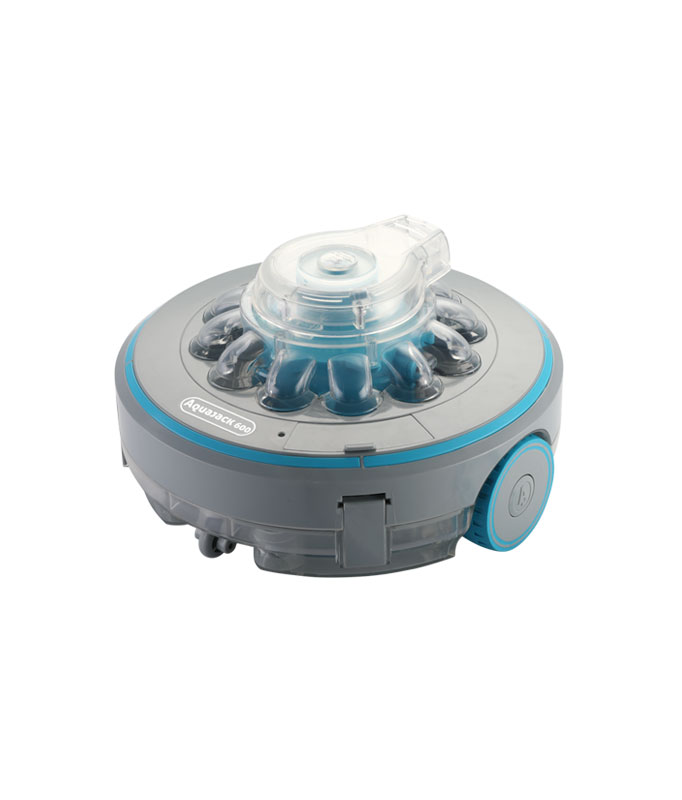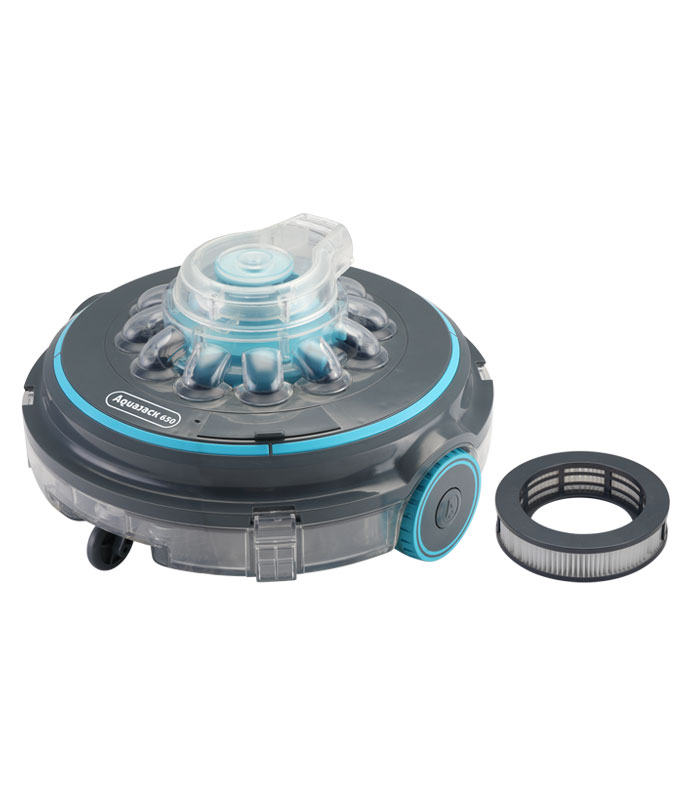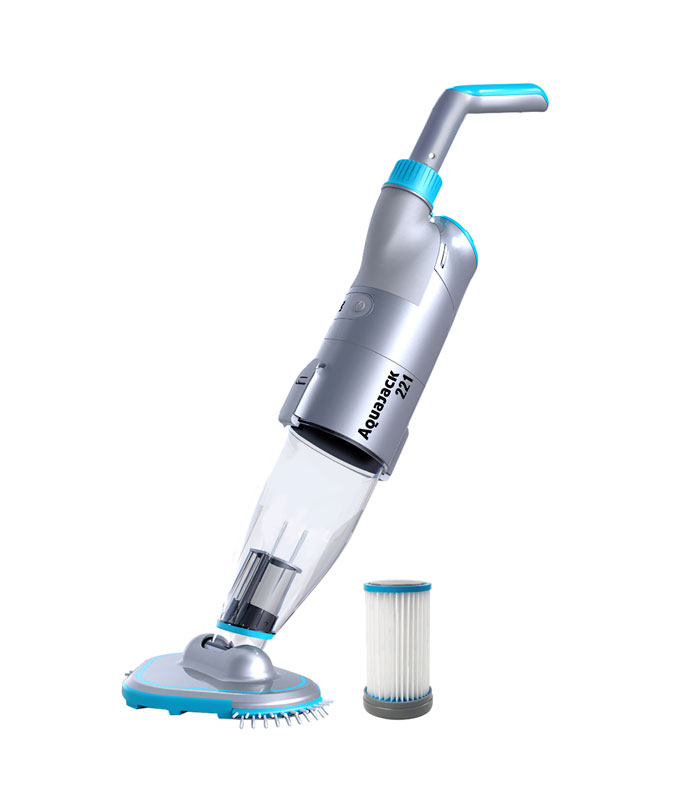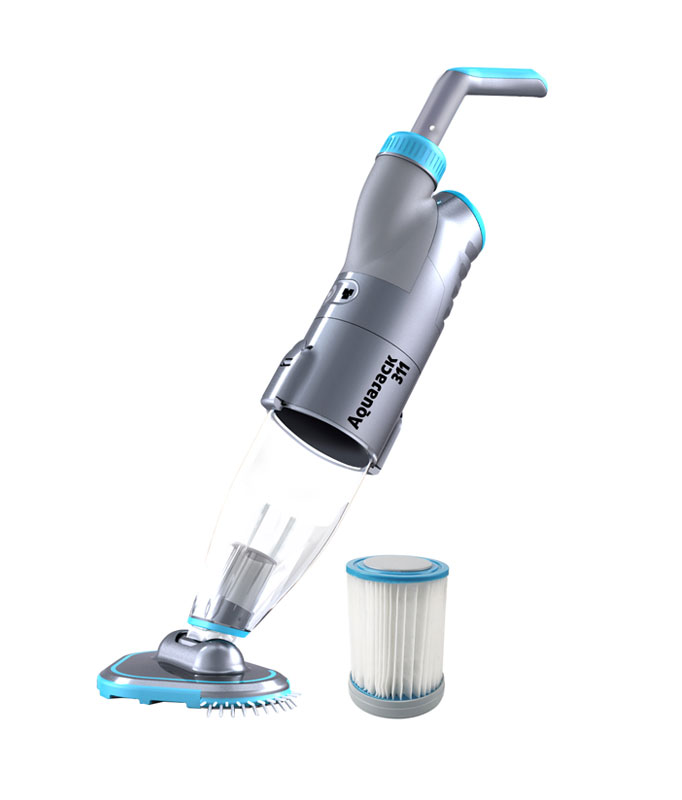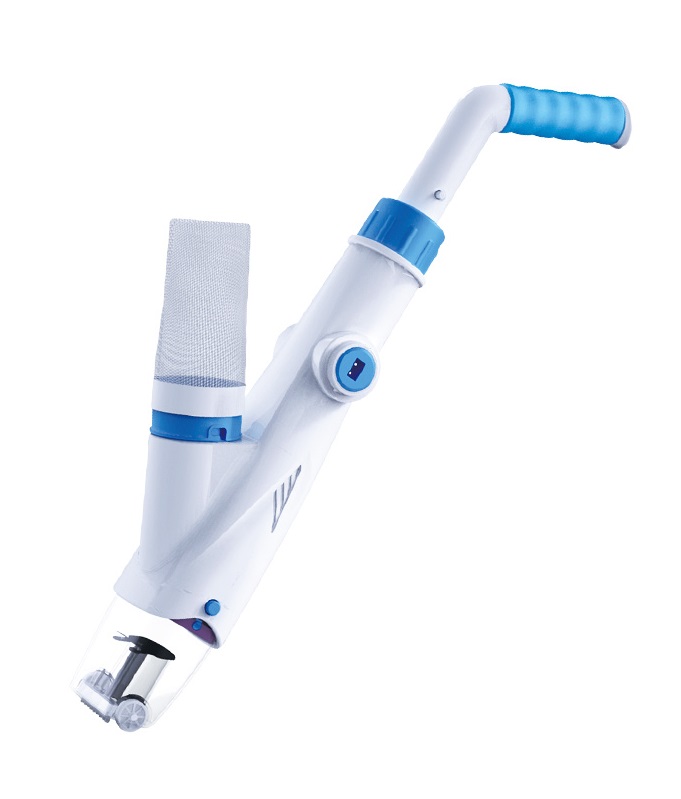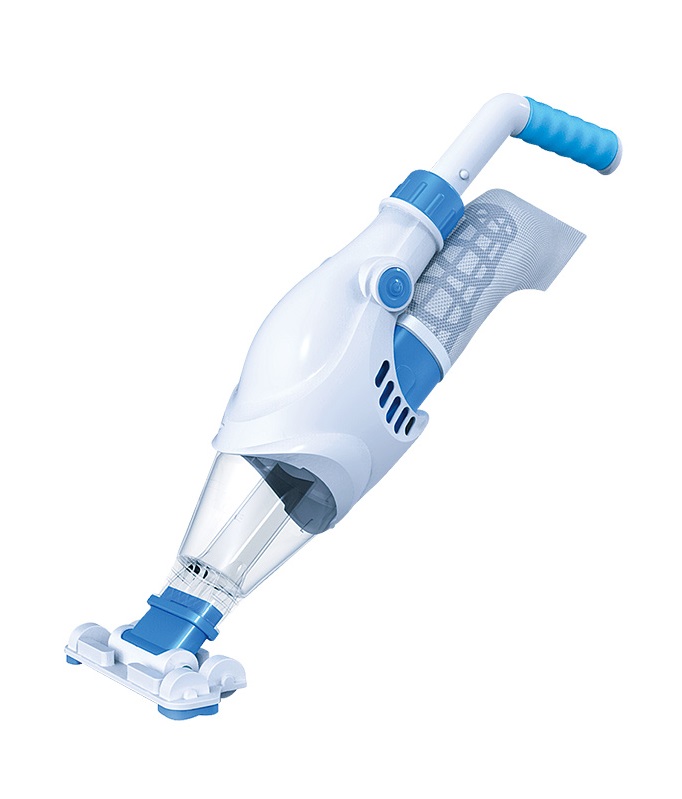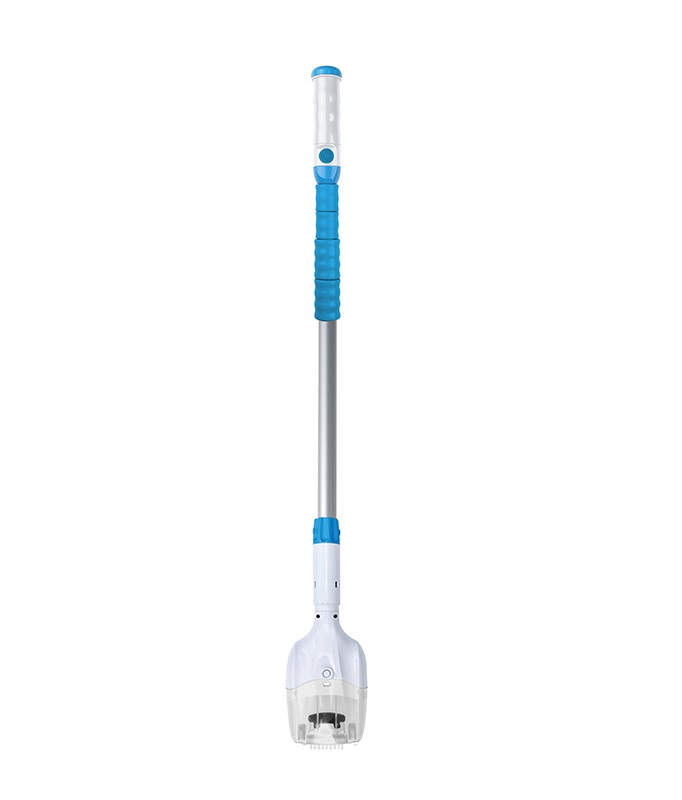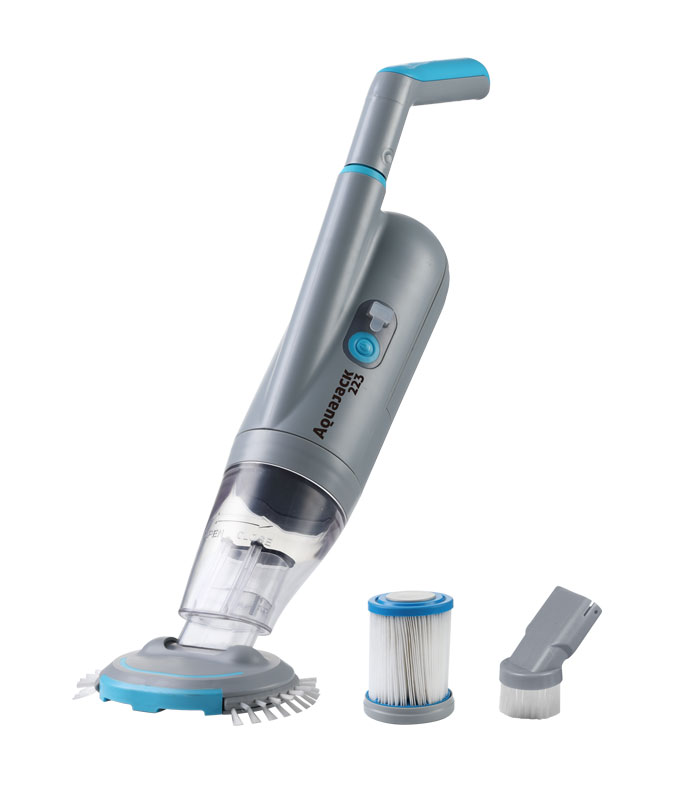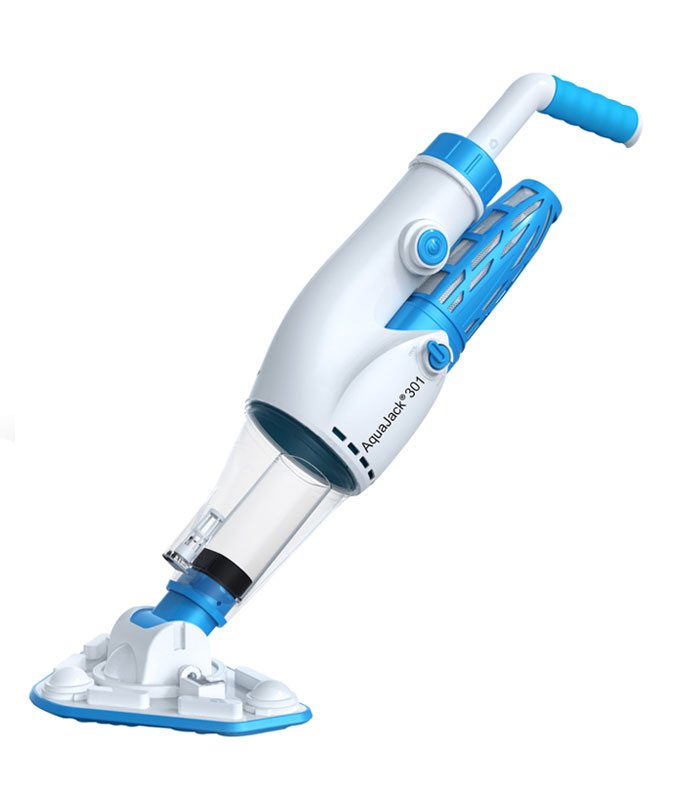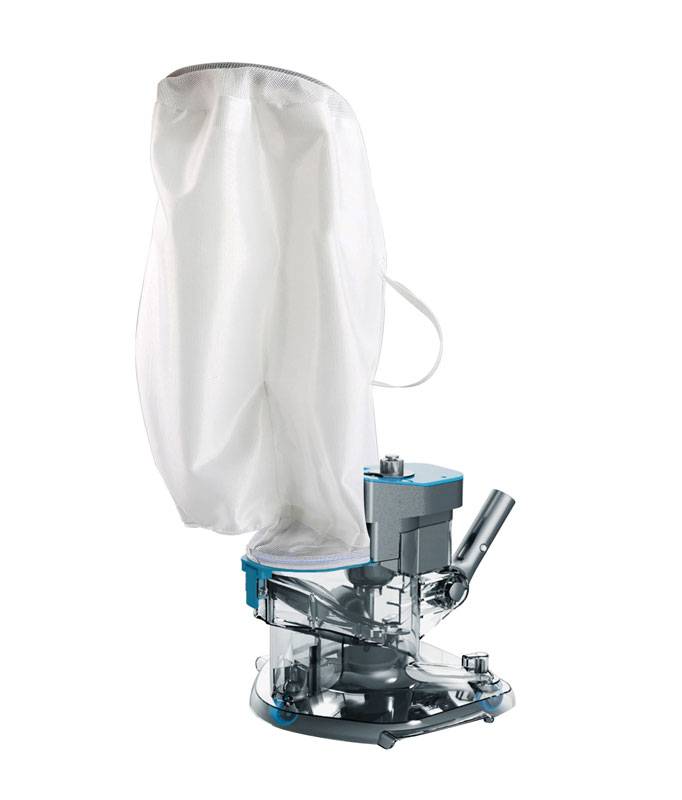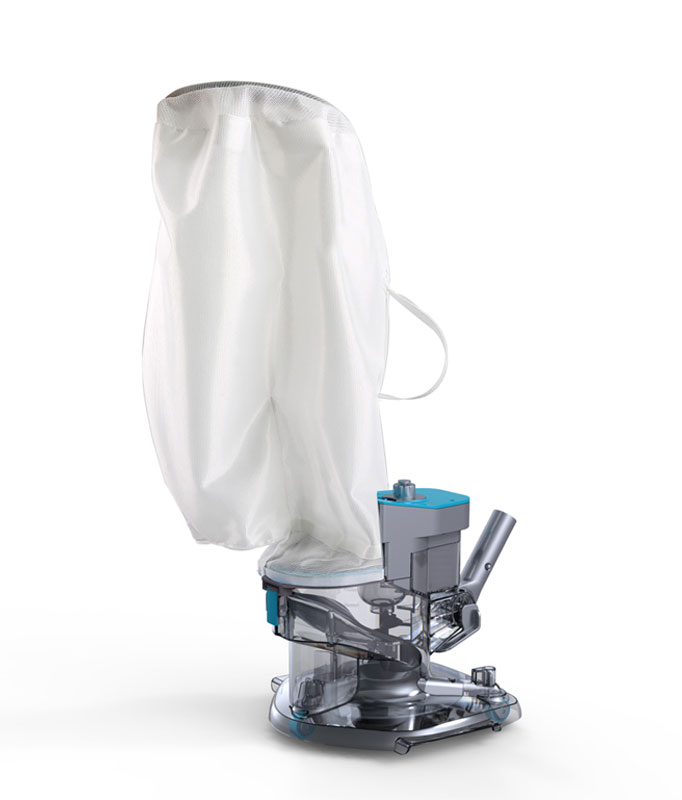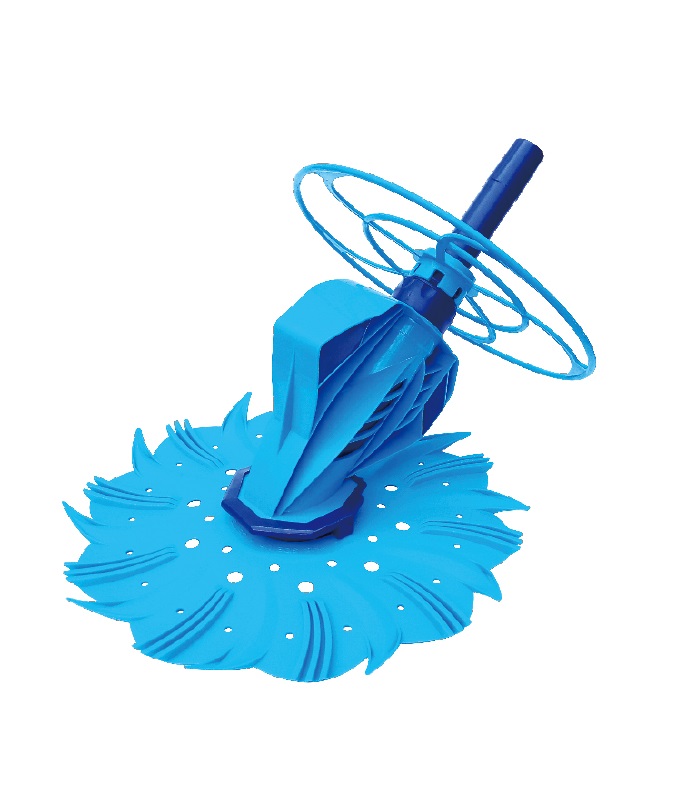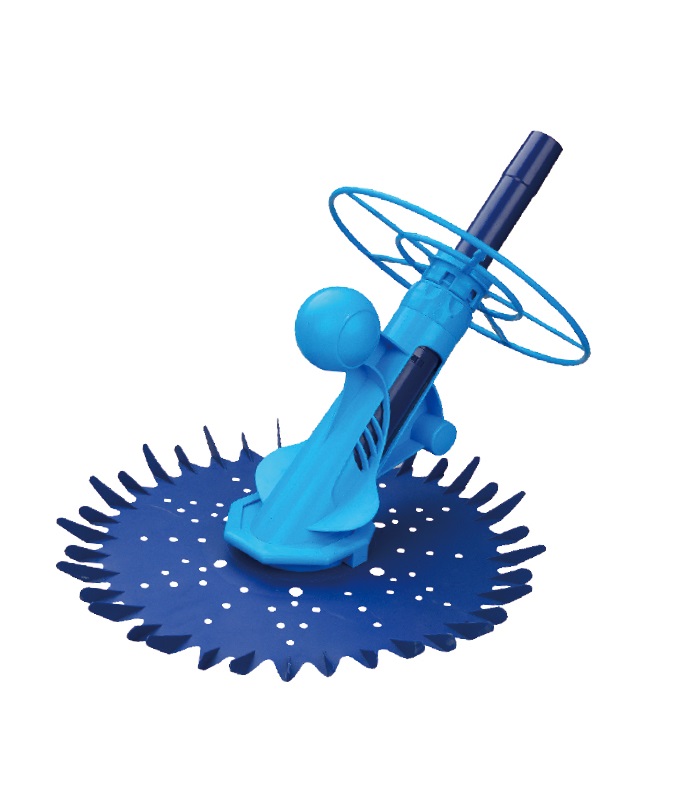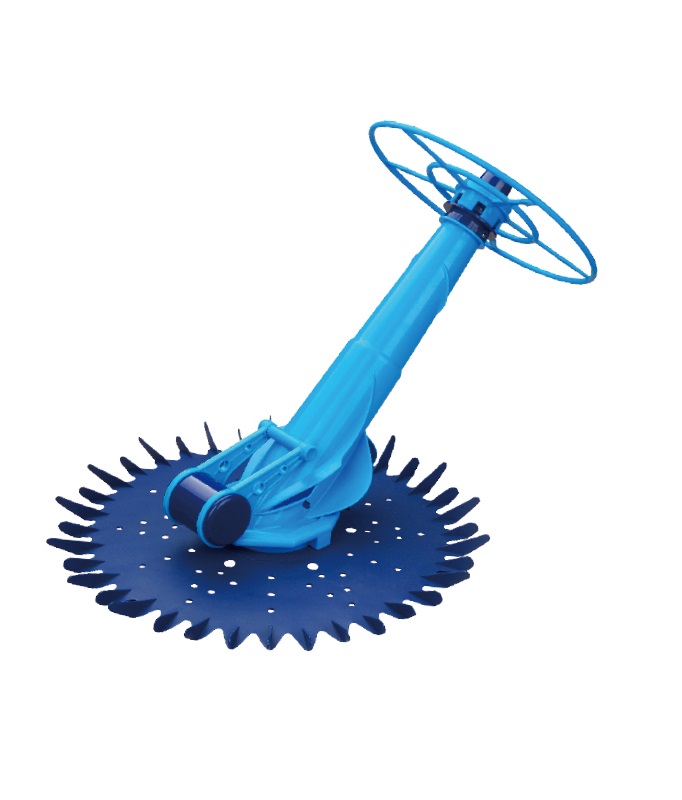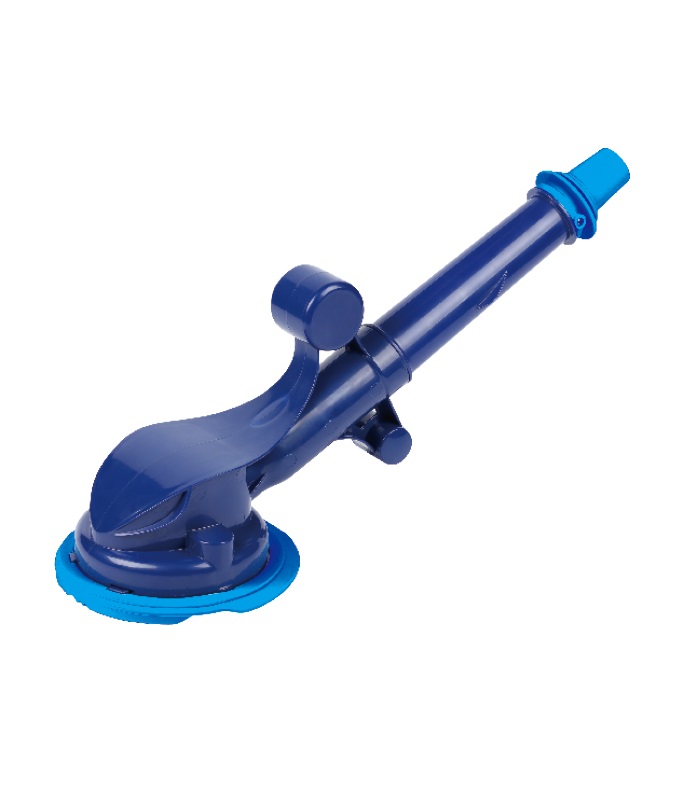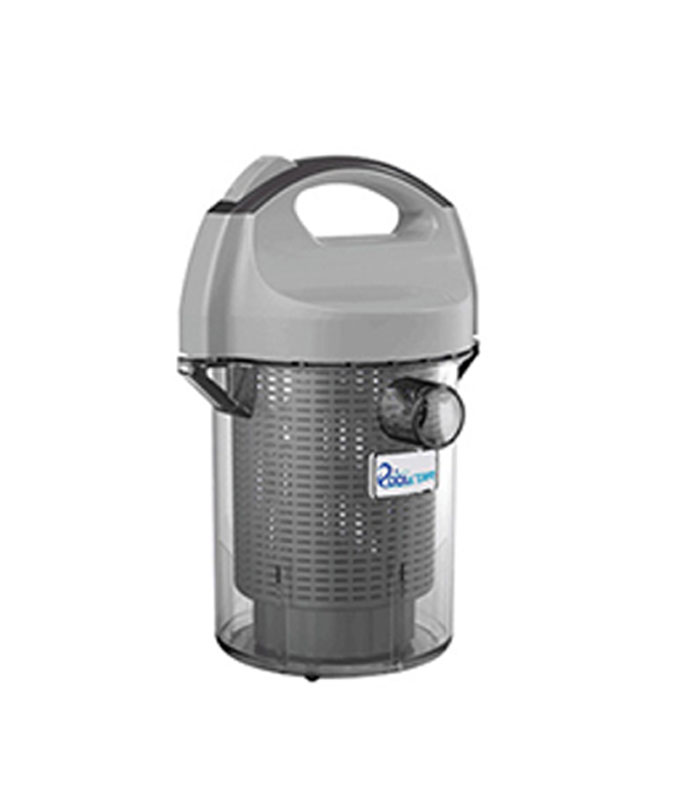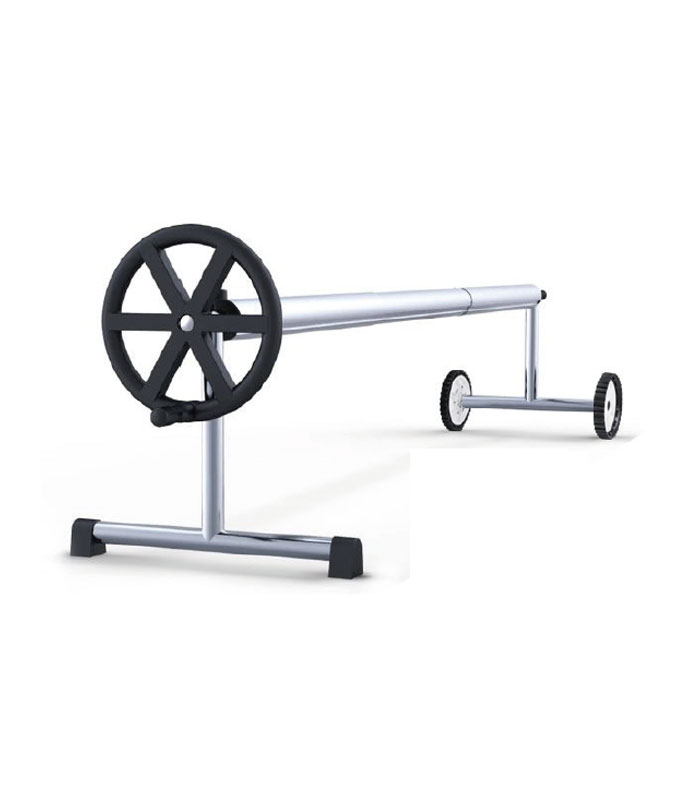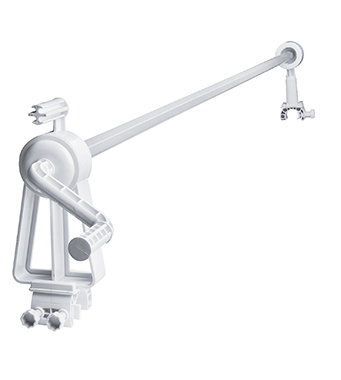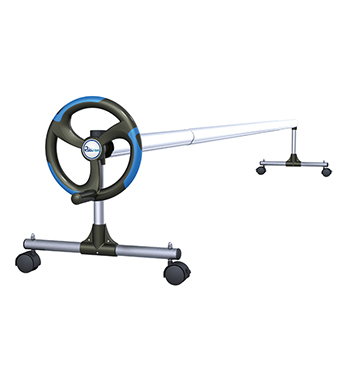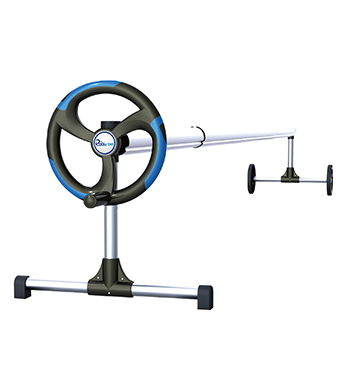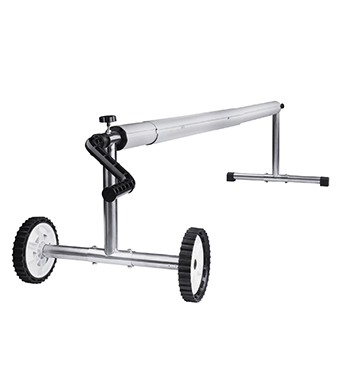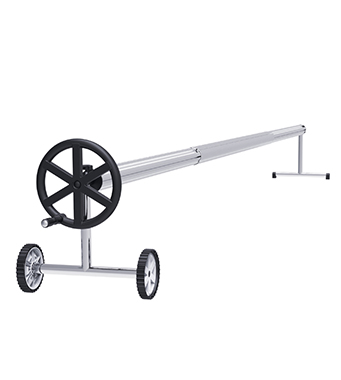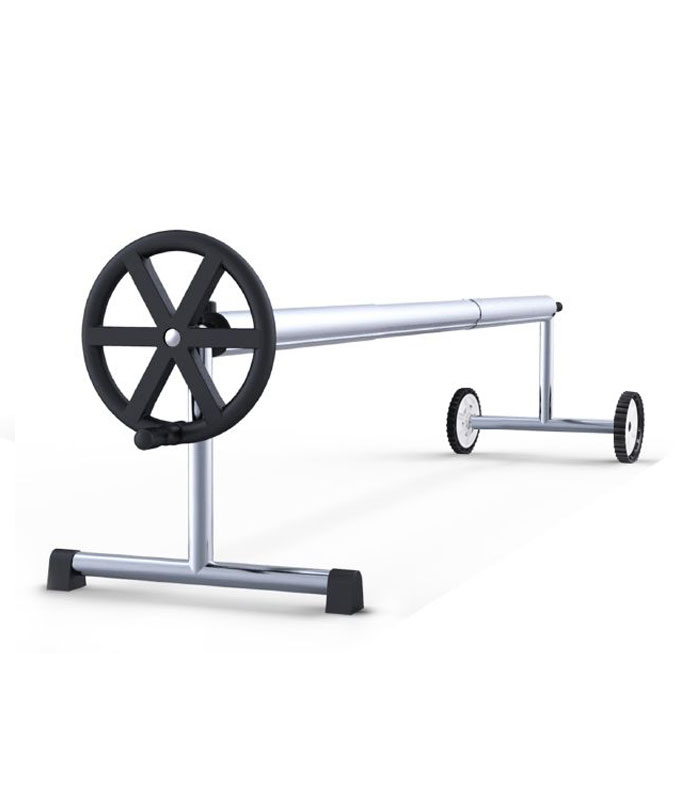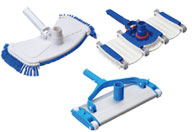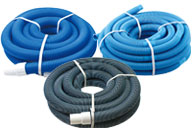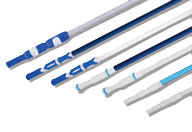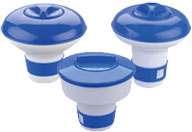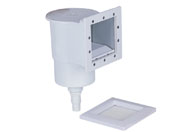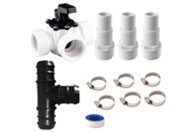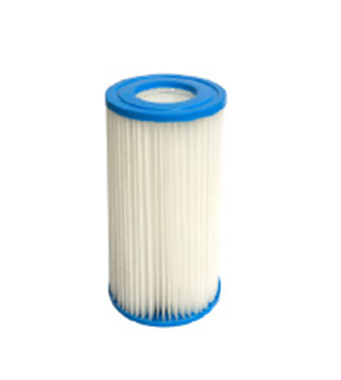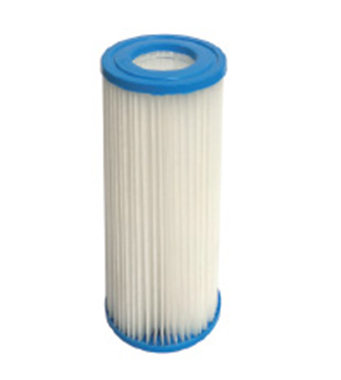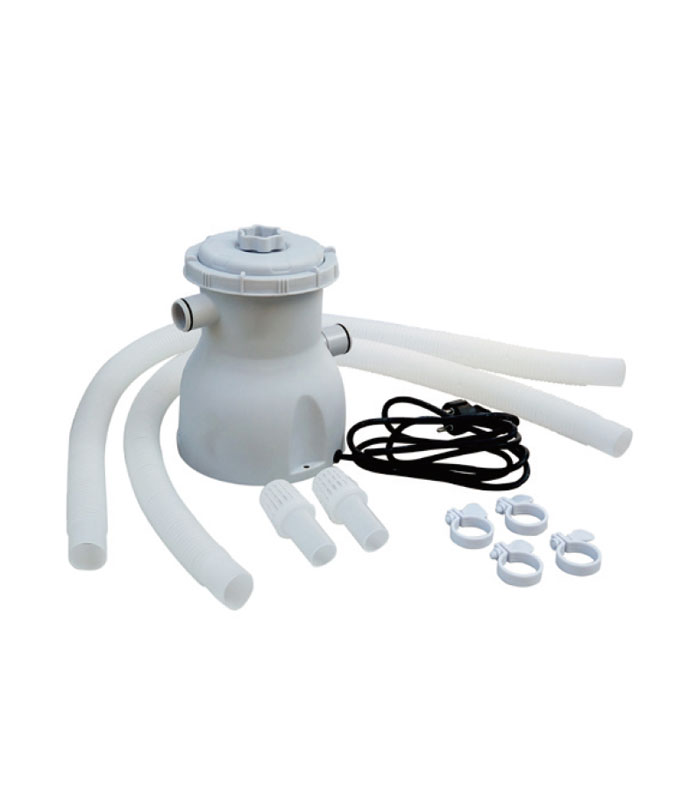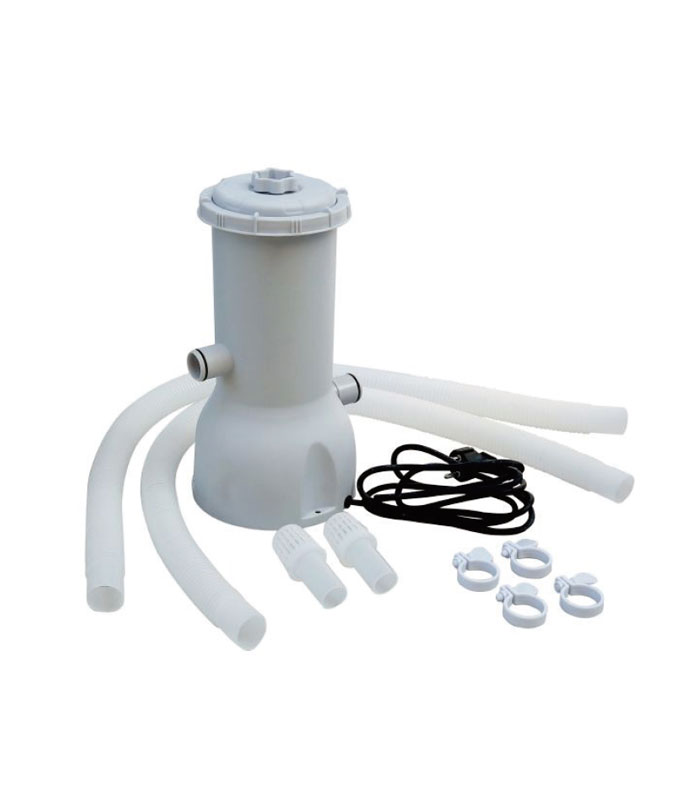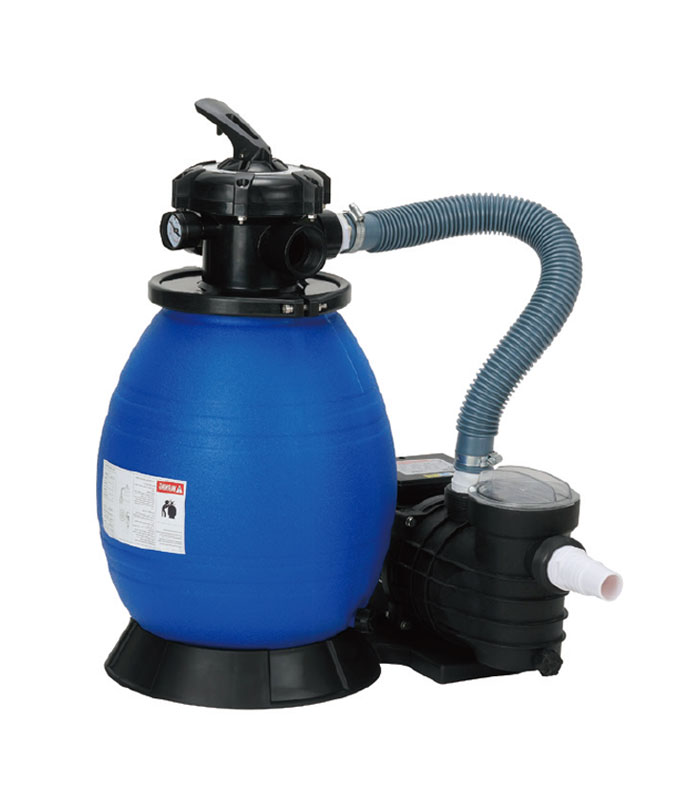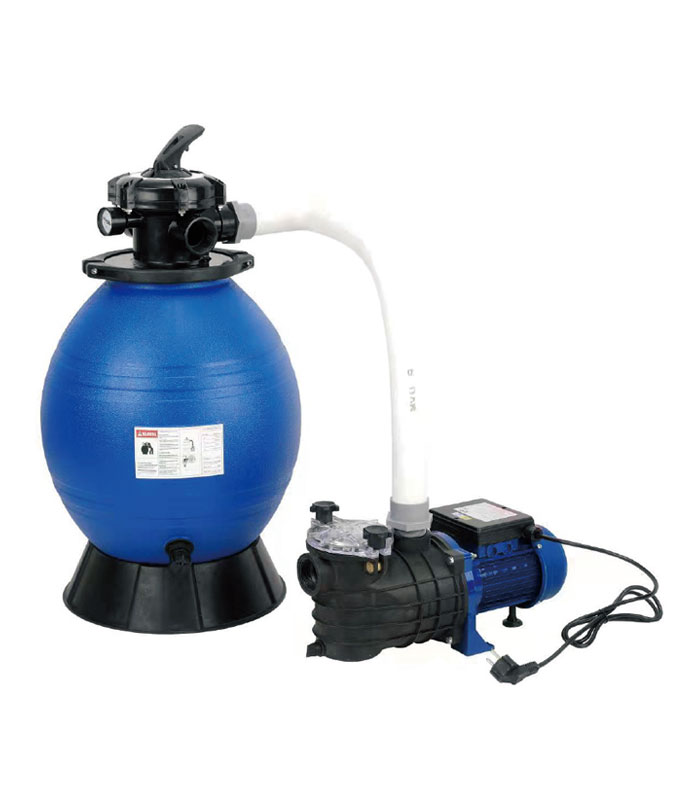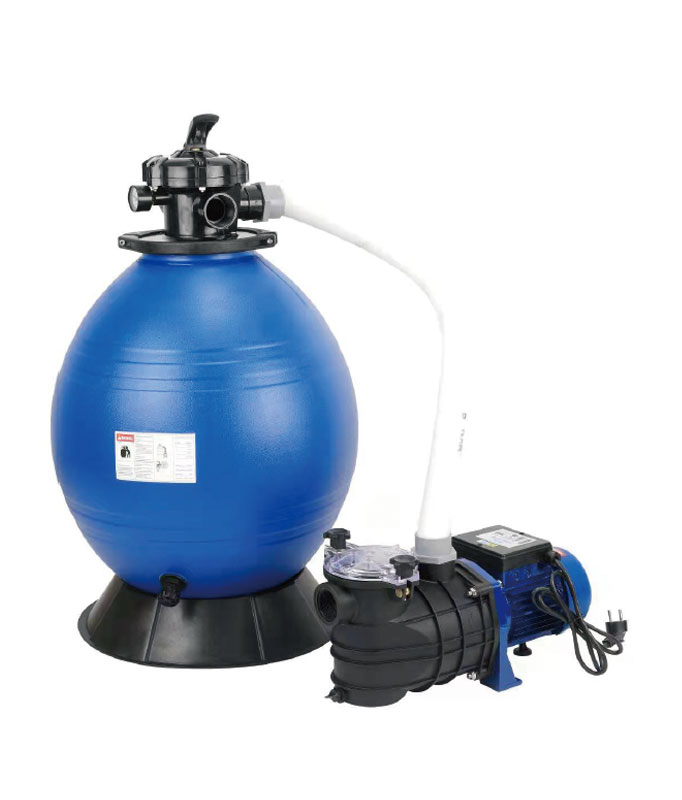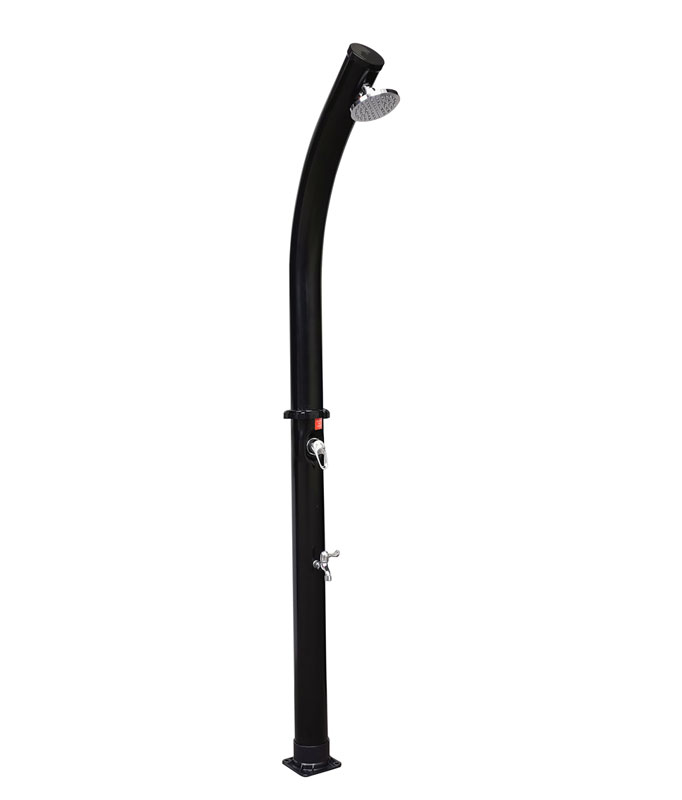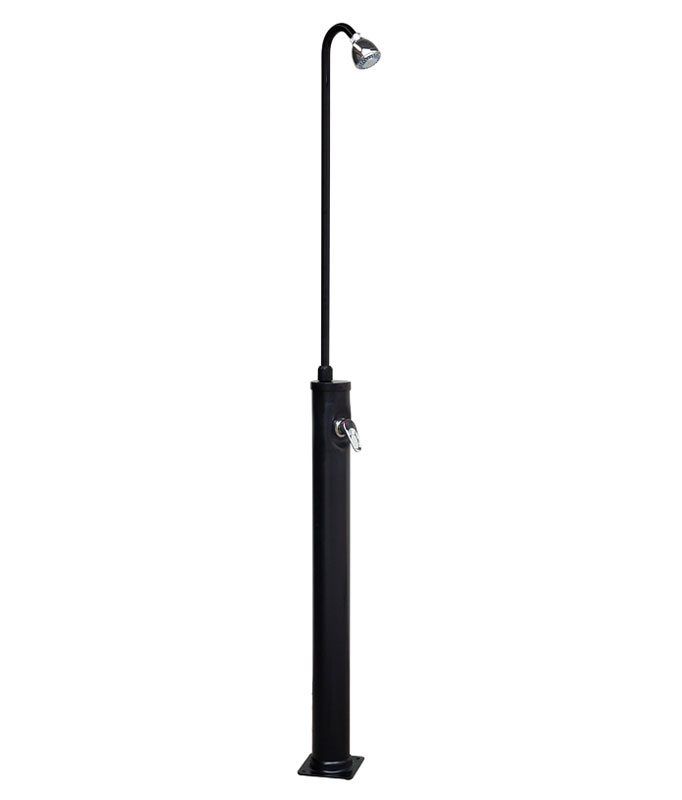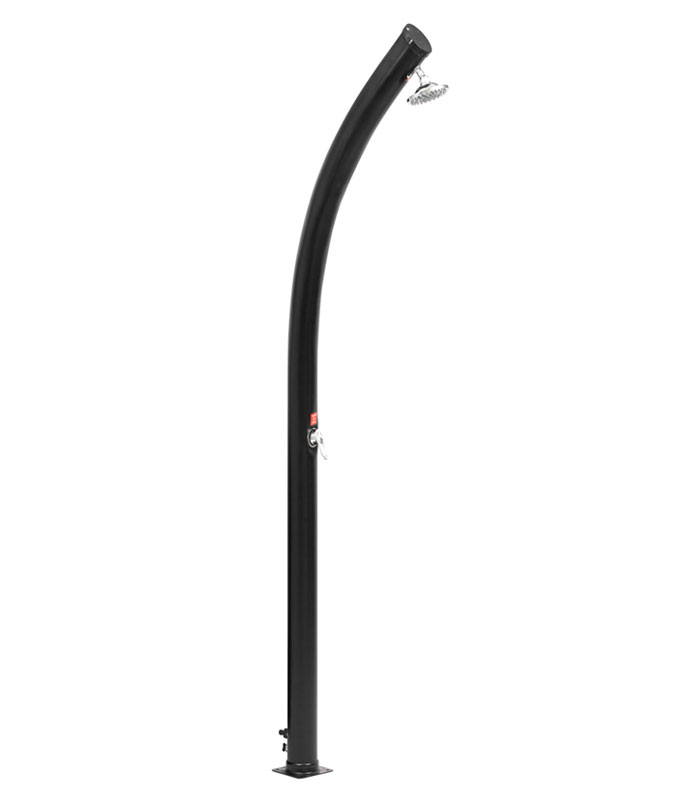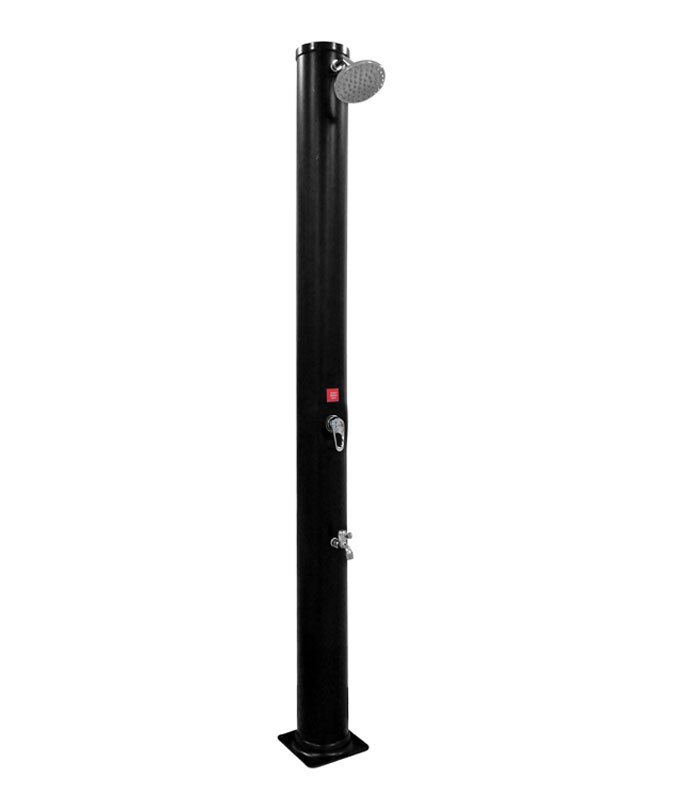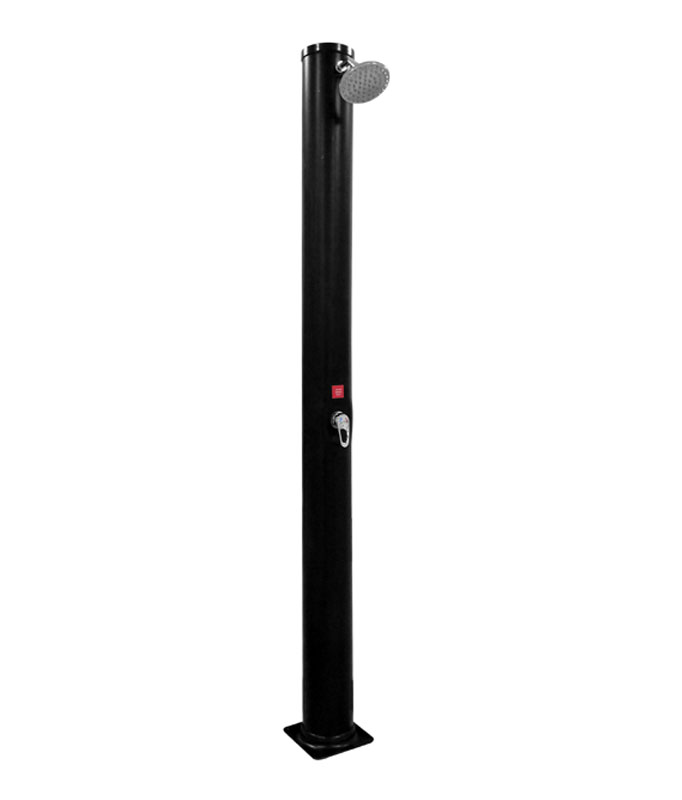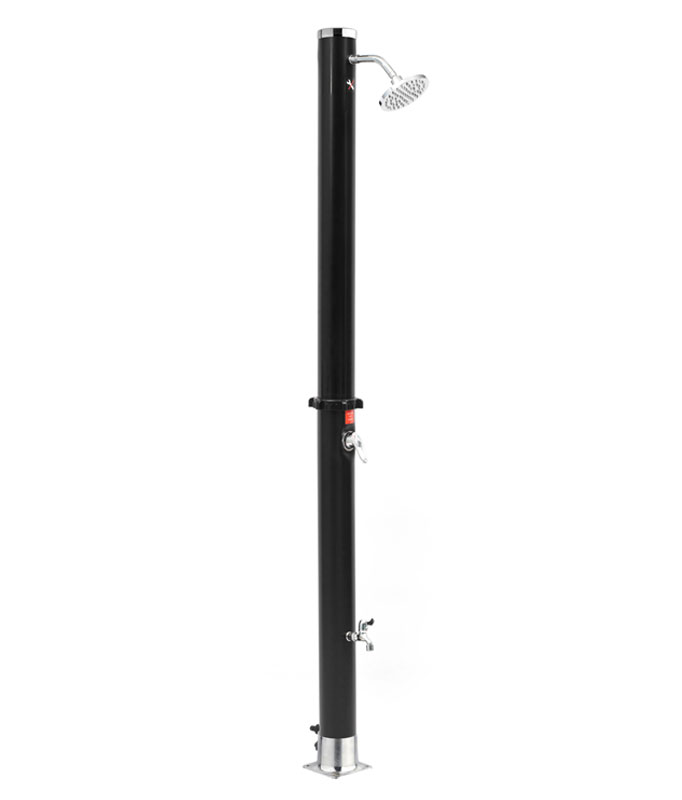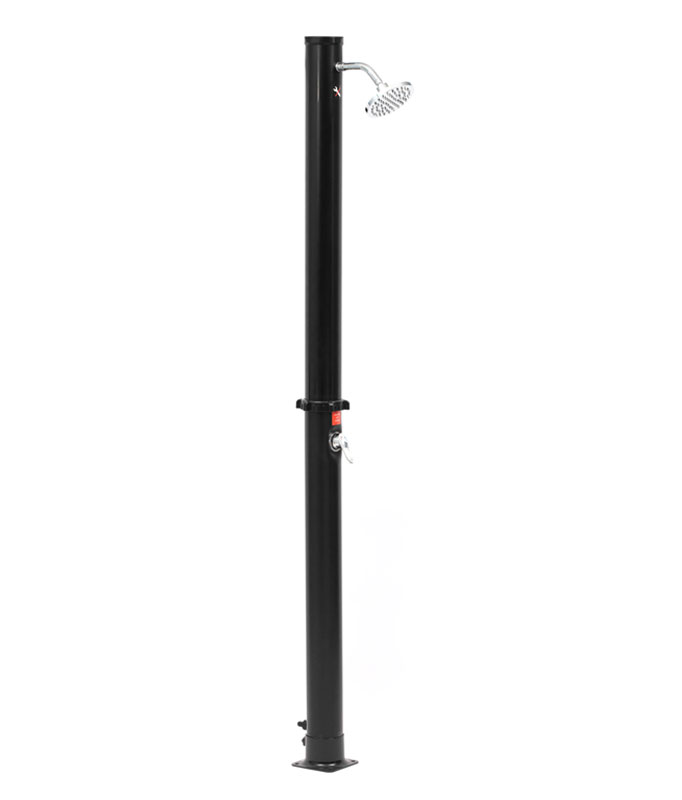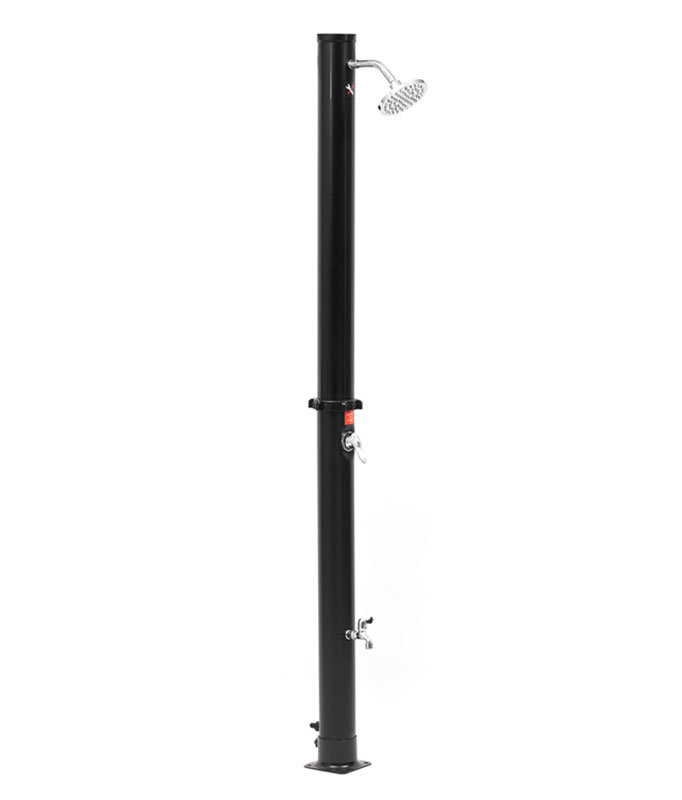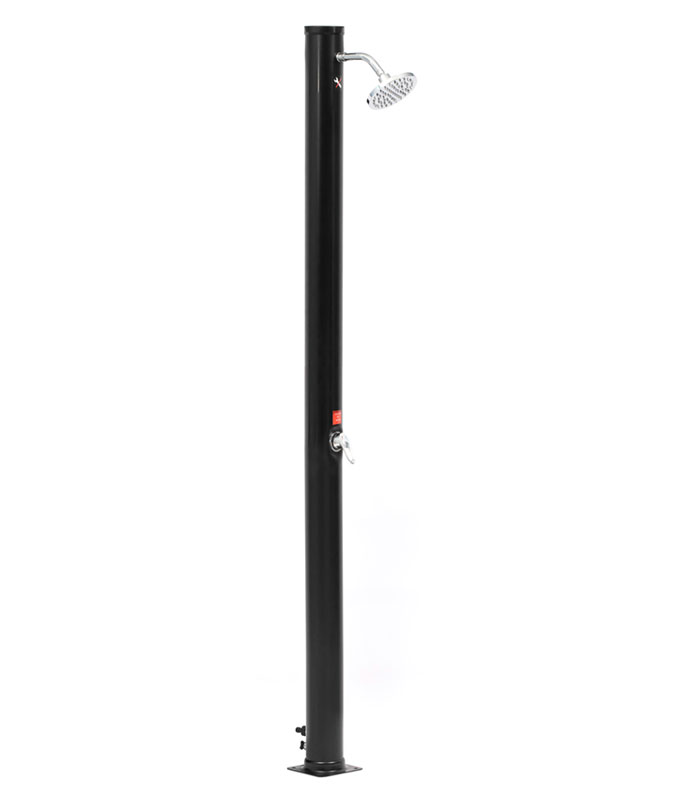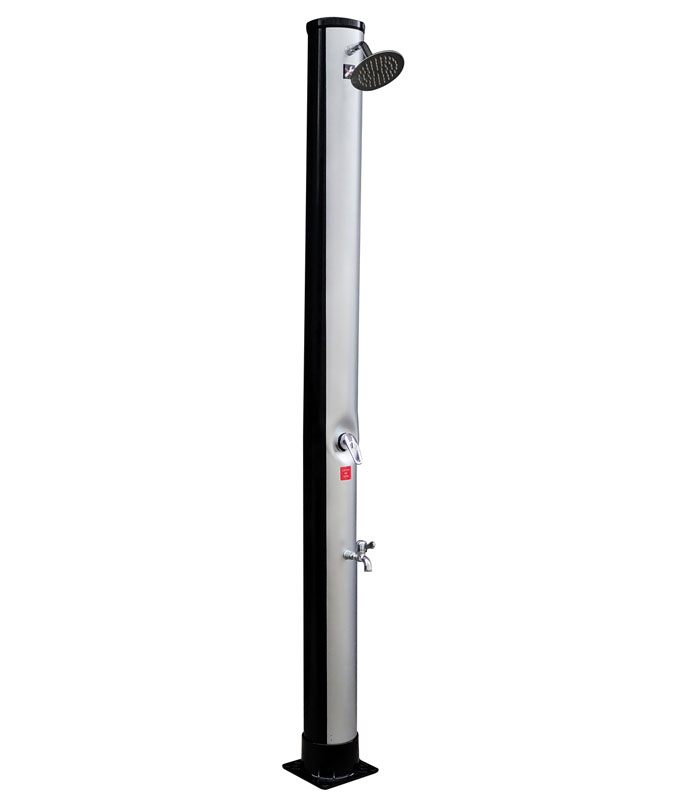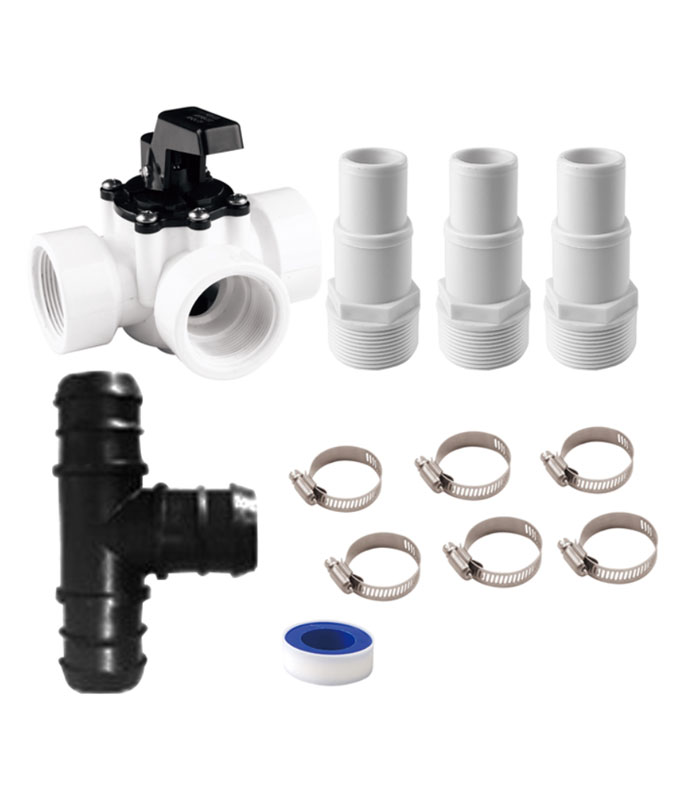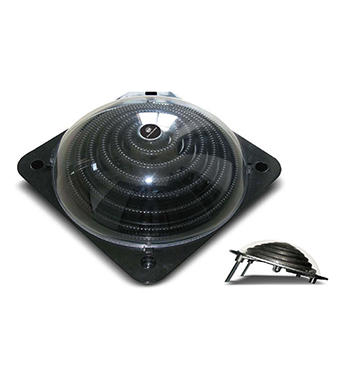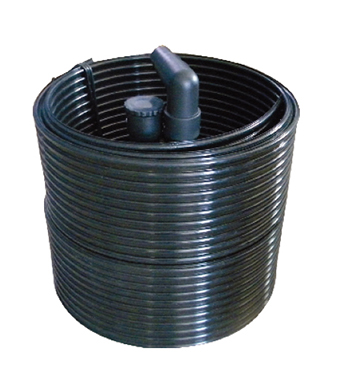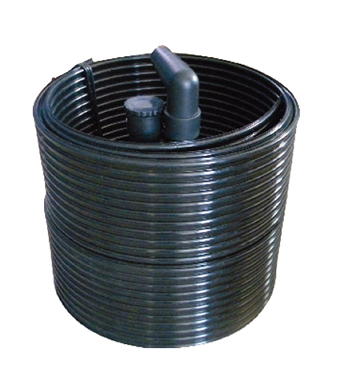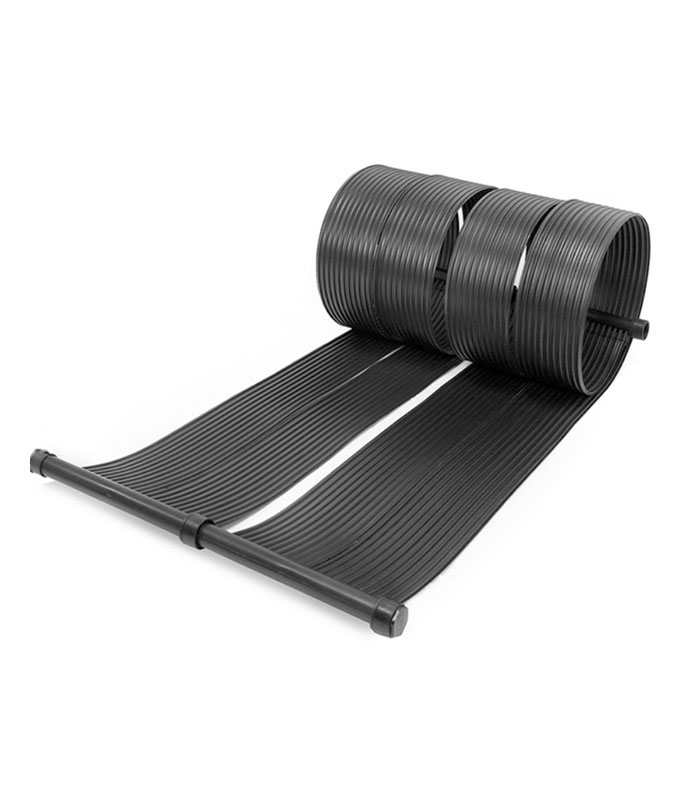Keeping your pool clean can be challenging, but robotic pool cleaners simplify the process. These advanced devices remove dirt, debris, and harmful microorganisms, creating a healthier swimming environment. According to the 'Chemical Savings White Paper: How can pool-cleaning robots reduce chlorine use by 60%?', maintaining balanced water chemistry with these robots significantly reduces your reliance on chlorine. Explore the innovative AquaJack 900 at https://www.cnpoolstar.com/product/aquajack-900-solar-powered-robotic-pool-skimmer-442.html to experience these benefits firsthand.
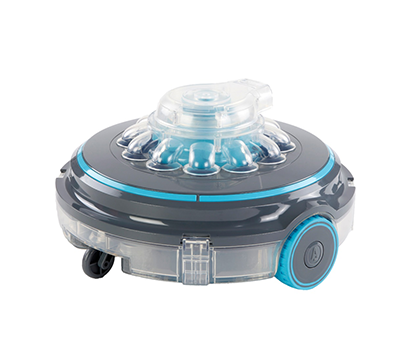
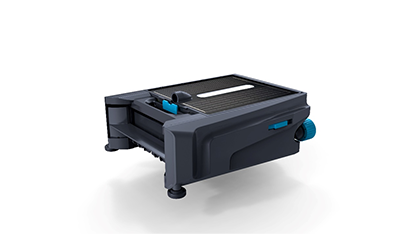
Key Takeaways
- Robotic pool cleaners clean your pool and keep it balanced. They cut down chlorine use by up to 60%, making swimming safer.
- A robotic cleaner saves you time and effort. It works while you relax, giving you more free time every month.
- Using robotic cleaners often means fewer chemical changes are needed. It stops too much chlorine, keeping your skin and pool gear safe.
How Robotic Pool Cleaners Work
Advanced cleaning mechanisms for debris and dirt removal
Robotic pool cleaners use cutting-edge technology to tackle dirt and debris in your pool. These devices come equipped with powerful suction systems and rotating brushes. The brushes scrub pool surfaces, loosening stubborn grime, while the suction system vacuums it away. Some models even feature fine filtration systems that trap particles as small as a few microns. This ensures your pool stays free of visible debris and microscopic contaminants.
Tip: Regular use of a robotic cleaner reduces the buildup of dirt, making your pool easier to maintain over time.
Targeting microorganisms and algae for improved sanitation
Microorganisms and algae thrive in unclean pools, but robotic cleaners help you combat these issues effectively. Many models include specialized brushes and filters designed to remove algae from walls and floors. Some advanced cleaners even use UV-C light or other sanitizing technologies to neutralize harmful bacteria. By targeting these invisible threats, robotic cleaners create a safer swimming environment for you and your family.
Did you know? Algae growth can increase chlorine demand. By removing algae, robotic cleaners help you use less chlorine. 🌱
Automation and smart technology for consistent and thorough cleaning
Modern robotic pool cleaners take the guesswork out of pool maintenance. Smart technology allows these devices to map your pool’s layout, ensuring every corner gets cleaned. Many models offer programmable cleaning schedules, so you can set them to work while you relax. Some even connect to your smartphone, giving you control at your fingertips.
With automation, you can enjoy a consistently clean pool without the hassle of manual cleaning. This not only saves you time but also ensures your pool remains in top condition year-round.
Cleaner Pools and Reduced Chlorine Usage
Maintaining water balance to minimize chemical adjustments
Robotic pool cleaners help you maintain a balanced pool environment. By removing dirt, debris, and organic matter, these devices prevent the buildup of contaminants that can disrupt water chemistry. When your pool stays clean, you don’t need to adjust pH levels or add extra chemicals as often. This reduces your reliance on chlorine and other treatments.
Tip: Regular cleaning with a robotic pool cleaner keeps your water chemistry stable, saving you time and money on chemical adjustments.
Preventing over-chlorination by reducing organic contaminants
Organic contaminants, like leaves and sunscreen residue, increase chlorine demand. Robotic pool cleaners remove these contaminants before they break down and affect your water. This prevents over-chlorination, which can irritate your skin and eyes. A cleaner pool means you can use chlorine more efficiently, creating a safer swimming experience.
Did you know? Over-chlorination not only wastes chemicals but also shortens the lifespan of your pool equipment.
"Chemical Savings White Paper: How can pool-cleaning robots reduce chlorine use by 60%?"
The "Chemical Savings White Paper: How can pool-cleaning robots reduce chlorine use by 60%?" highlights the significant impact of robotic cleaners on chemical usage. These devices reduce the need for chlorine by targeting contaminants at their source. By keeping your pool consistently clean, they minimize the conditions that lead to algae growth and bacteria buildup. The white paper explains how this can cut chlorine use by up to 60%, offering both environmental and financial benefits.
Explore the "Chemical Savings White Paper: How can pool-cleaning robots reduce chlorine use by 60%?" to learn more about the science behind these savings.
Additional Benefits of Robotic Pool Cleaners
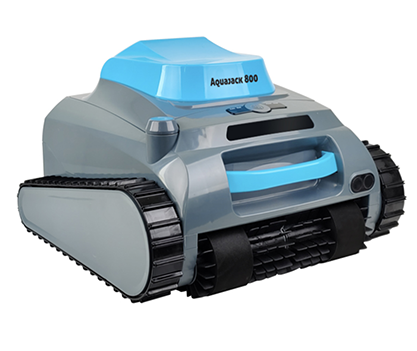
Energy efficiency and reduced operational costs
Robotic pool cleaners consume less energy compared to traditional cleaning systems. These devices operate on low-voltage power, which reduces electricity usage. Many models are designed to clean efficiently, completing their tasks in a shorter time. This means you save on energy costs while keeping your pool spotless. Some advanced models, like solar-powered cleaners, further enhance energy savings by harnessing renewable energy.
Tip: Investing in an energy-efficient robotic cleaner can lower your utility bills over time.
Time savings and convenience for pool owners
Manually cleaning a pool can take hours, but robotic cleaners handle the job for you. Once you set them up, they work independently, allowing you to focus on other activities. Many models come with programmable schedules, so you can "set it and forget it." Some even connect to apps, giving you control from your smartphone. This convenience makes pool maintenance less of a chore and more of a breeze.
Did you know? Using a robotic cleaner can save you up to 20 hours of manual cleaning each month.
Eco-friendly advantages, including reduced chemical runoff
Robotic pool cleaners contribute to a healthier environment. By removing debris and organic matter, they reduce the need for excessive chemical treatments. This minimizes chemical runoff into surrounding areas, protecting local ecosystems. The "Chemical Savings White Paper: How can pool-cleaning robots reduce chlorine use by 60%?" highlights how these devices promote sustainable pool maintenance. With less chlorine required, you not only save money but also reduce your environmental impact.
Note: Cleaner pools mean fewer chemicals in the water, benefiting both swimmers and the planet.
Robotic pool cleaners help you reduce chlorine reliance by keeping your pool water clean and balanced. They also save energy, lower costs, and protect the environment.
Tip: Investing in a robotic cleaner ensures long-term savings and healthier pool water. You’ll enjoy a smarter, more sustainable way to maintain your pool.
FAQ
How often should you use a robotic pool cleaner?
You should use your robotic pool cleaner at least once a week. For pools with heavy usage or debris, consider running it more frequently for optimal cleanliness.
Tip: Regular cleaning prevents dirt buildup and reduces chemical usage.
Can robotic pool cleaners work in all pool types?
Yes, most robotic pool cleaners work in all pool types, including vinyl, fiberglass, and concrete. Check the manufacturer’s specifications to ensure compatibility with your pool surface.
Do robotic pool cleaners require maintenance?
Yes, you need to clean the filter and brushes regularly. Inspect the device for wear and tear to ensure it operates efficiently and lasts longer.
Note: Proper maintenance extends the lifespan of your cleaner.

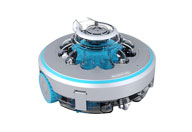 Robotic Pool Cleaner
Robotic Pool Cleaner 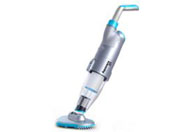 Portable Pool Vacuum Cleaner
Portable Pool Vacuum Cleaner  Automatic Pool Cleaner
Automatic Pool Cleaner 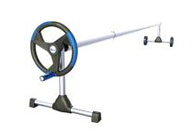 Pool Cover Reel
Pool Cover Reel 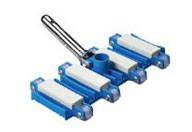 Pool Cleaning Accessories
Pool Cleaning Accessories 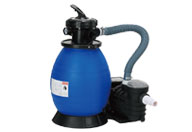 Pool Filter Pump
Pool Filter Pump 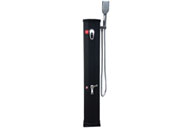 Pool Solar Shower
Pool Solar Shower 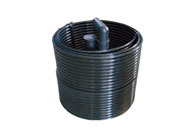 Pool Solar Collector
Pool Solar Collector 

